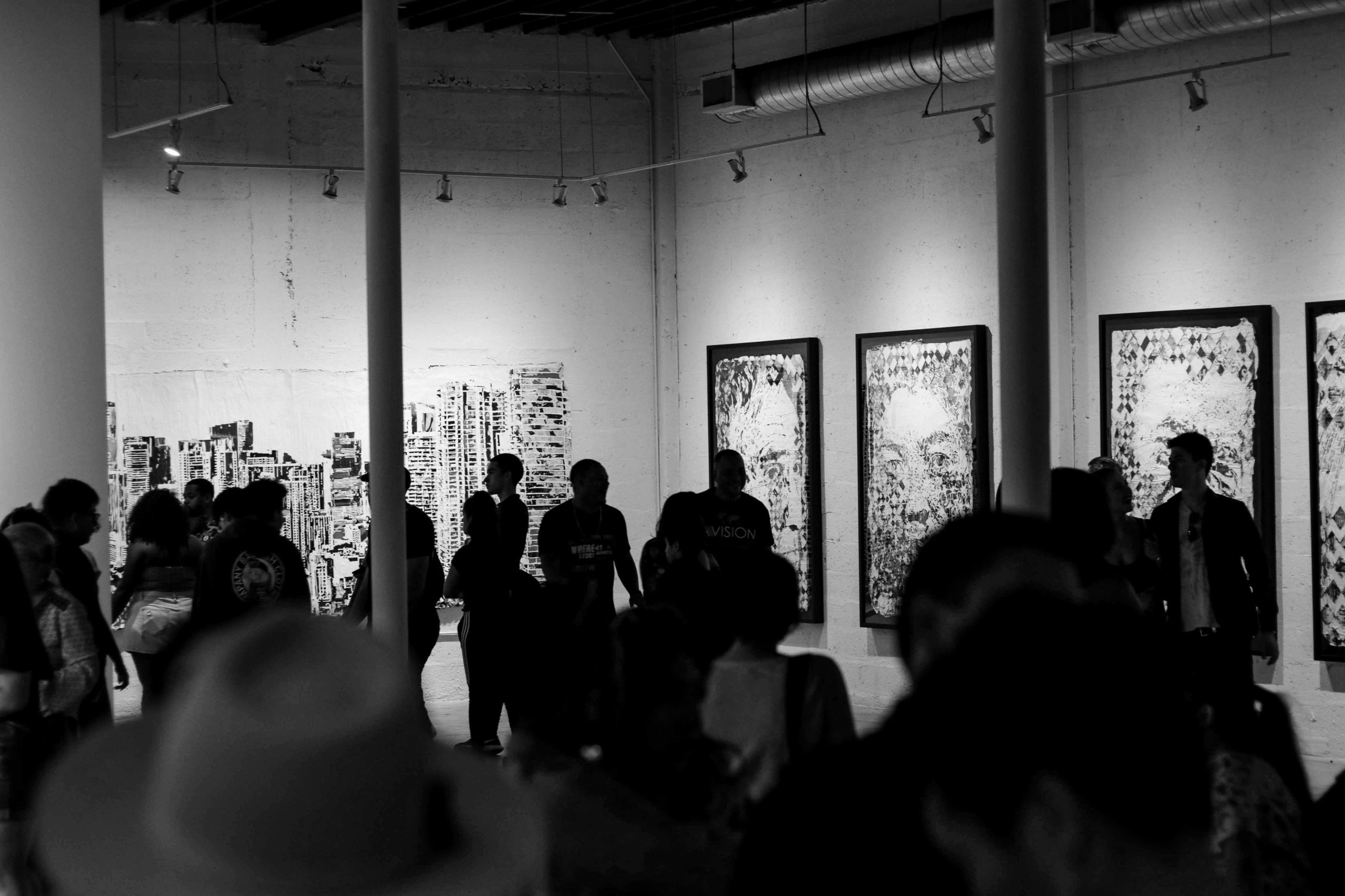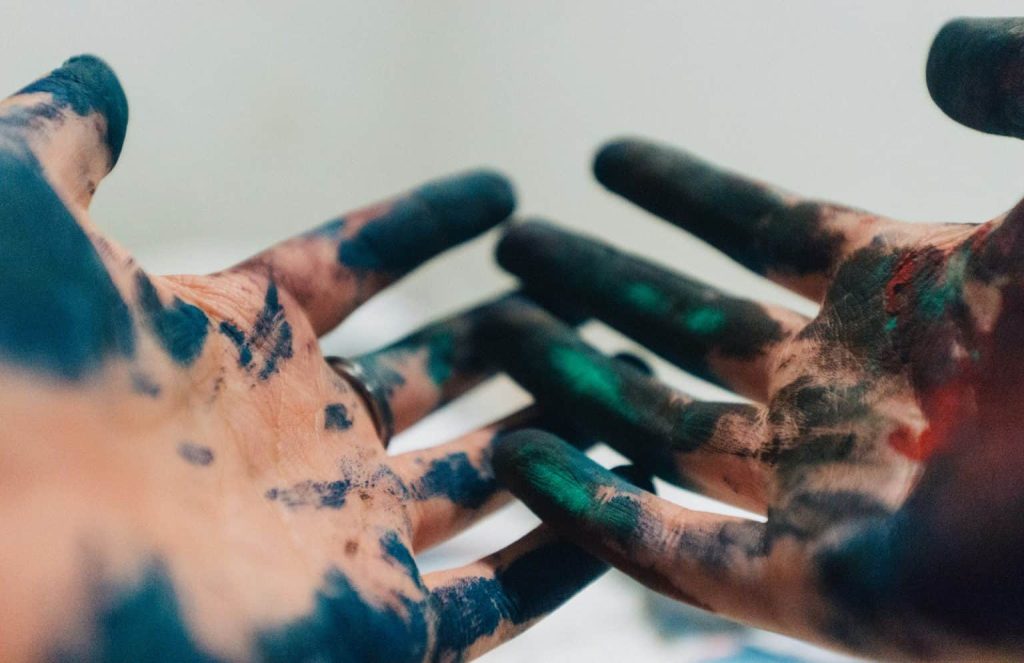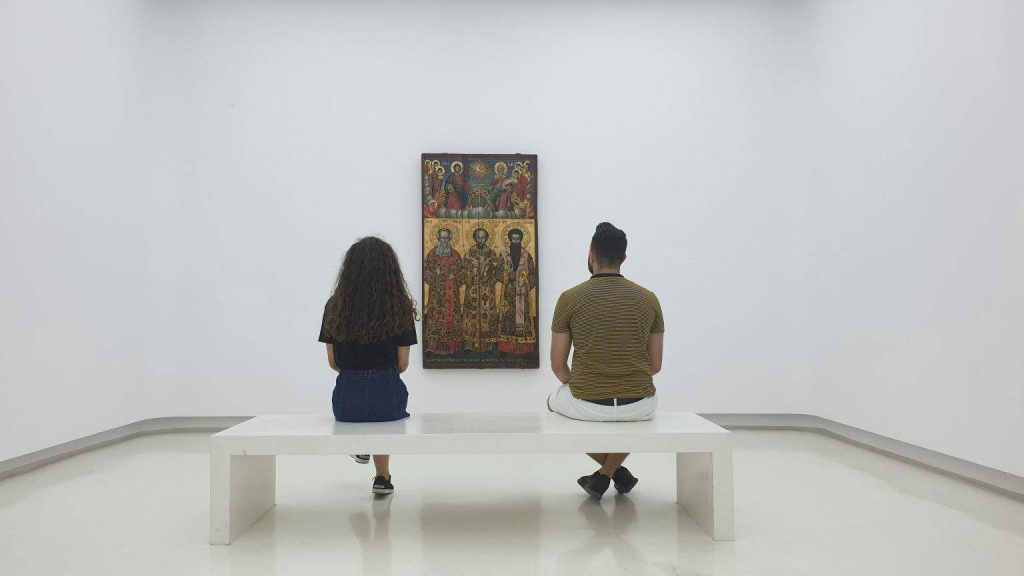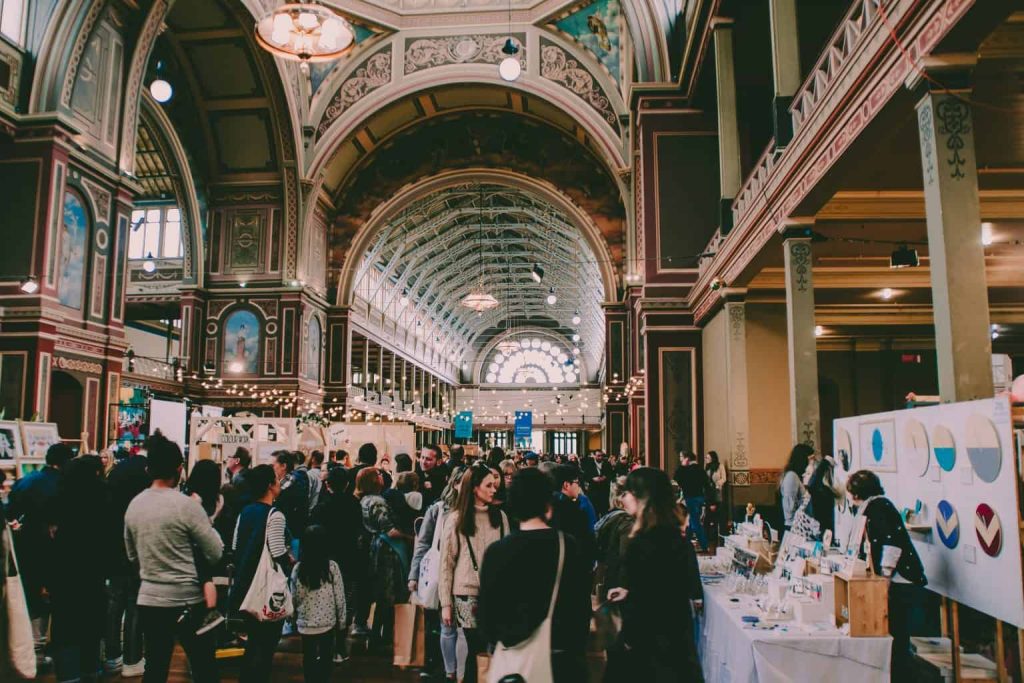
20 Feb Language and Communication in Art
Art serves as a universal language, transcending boundaries and offering profound avenues for communication and expression. In today’s globalized world, where diverse cultures intersect, language barriers present a challenge within the art community. As artists endeavor to convey their visions and audiences seek to interpret them, linguistic differences often hinder the full realization of artistic intent and appreciation. Despite these obstacles, the diversity inherent in the art world fuels innovation and inspiration. It is through the dialogue between disparate cultures and languages that new forms, perspectives, and insights emerge, enriching the collective tapestry of human creativity.
In navigating the intersection of art and language, we embark on a journey of discovery that transcends linguistic confines to embrace the universal essence of human creativity. Despite the hurdles presented by language barriers, they also offer opportunities for exploration, collaboration, and the discovery of new modes of expression. Through this exploration, we strive to unlock the boundless potential of art as a catalyst for connection, understanding, and transformation in our increasingly interconnected world.
Overcoming Language Barriers in Art

Photo by Amauri Mejía
Visual Language
Throughout history, artists have recognized the profound ability of visual elements to communicate messages that resonate across diverse cultures. Colors, shapes, lines, and composition serve as the building blocks of a universal language that transcends the barriers of spoken or written words. Movements such as Cubism, spearheaded by pioneers like Pablo Picasso, shattered traditional artistic forms, emphasizing the capacity of visual language to evoke emotions and provoke thought on a global scale. Similarly, the works of Wassily Kandinsky exemplify the transformative power of abstract art, where shapes and colors communicate meanings beyond linguistic boundaries. Moreover, symbols and iconography, whether derived from religious beliefs or mythological narratives, serve as potent tools for artists to convey profound truths that resonate with people of varying cultural backgrounds.
Emotional Language
In addition to visual expression, art taps into the rich reservoir of emotional language, offering a direct pathway to stir feelings that transcend verbal communication. Across mediums such as music, sculpture, and performance, artists harness sensory experiences to evoke a spectrum of emotions that resonate universally. For instance, the haunting strains of a blues melody or the tactile qualities of a sculpture have the power to evoke visceral responses that transcend cultural divides, fostering a sense of shared humanity. Through the manipulation of rhythm, texture, and form, artists create immersive experiences that resonate with individuals from disparate backgrounds, uniting them in a common emotional language that speaks to the depths of the human experience.
Shared Human Experiences
At its core, art serves as a conduit for exploring and expressing universal human experiences that bind individuals across time and space. Themes such as love, loss, joy, and sorrow reverberate through artistic endeavors, transcending cultural and temporal boundaries to touch the hearts of audiences worldwide. Through the art of storytelling, whether conveyed through paintings, literature, or theatrical performances, artists weave a tapestry of shared narratives that reflect the collective aspirations, struggles, and triumphs of humanity. By delving into the complexities of the human condition, art cultivates empathy and understanding, fostering a sense of interconnectedness that transcends the limitations of language or cultural identity. In celebrating our shared humanity, art becomes a powerful catalyst for forging connections and fostering cross-cultural dialogue, enriching our collective experience and deepening our appreciation for the rich tapestry of human expression.
Art as a Universal Language

Photo by Eri Pançi
Limitations of Verbal Language
It is in the field of creative expression that the limitations of spoken language are brought to light. Even if words have an indisputable power, they frequently fall short when it comes to capturing the complex web of feelings and concepts woven into artistic creations. While translation is a necessary tool for overcoming language boundaries, it usually fails to capture the richness and complexity that are inherent in creative creations. The complexity of visual and emotional aspects in paintings, sculptures, and musical compositions defies exact language explanation, thus attempts to capture their essence in words often dilute their intended meaning. Hence, in the enormous field of human creation, verbal language finds it difficult to capture the depth and breadth of creative expression, leaving much unsaid and unexplored.
Art's Unique Potential
In contrast to the limitations of verbal language, art emerges as a dynamic and immediate mode of communication, offering a profound alternative to the constraints of words. By transcending the boundaries of linguistic expression, art invites viewers into a realm of personal interpretation and introspection, fostering individual connections that resonate on a deeply emotive level. The immediacy of artistic experience enables audiences to engage directly with the raw emotions and compelling narratives conveyed by the artwork, transcending cultural and linguistic barriers in the process. Through this intimate engagement, art cultivates empathy and understanding, inviting viewers to explore the complexities of the human experience from diverse perspectives. Whether through the evocative strokes of a painting, the haunting melody of a musical composition, or the visceral impact of a theatrical performance, art empowers individuals to connect with shared emotions and universal truths that transcend the limitations of verbal communication. In embracing the boundless potential of artistic expression, we discover new avenues for connection, reflection, and collective understanding, enriching our lives and expanding the horizons of human experience.

Photo by britt gaiser
Conclusion
The exploration of language and communication in art reveals a dynamic interplay between cultural barriers and universal connections. Through visual, emotional, and shared human experiences, artists navigate the complexities of communication, transcending linguistic limitations to foster cross-cultural understanding. While verbal language may struggle to capture the depth of artistic expression, art itself emerges as a powerful and immediate medium, inviting personal interpretations and sparking empathetic connections across diverse audiences. As we continue to navigate the globalized landscape of the art world, it is through the universal language of creativity that we bridge cultures and cultivate a deeper appreciation for the richness of human expression.
Key Takeaways
Visual Language | Art movements like Cubism and artists like Kandinsky utilize visual elements to speak a universal language, transcending linguistic differences. Symbols and iconography bridge cultural divides. |
Emotional Language | Art’s emotional impact, achieved through sensory experiences, creates shared responses globally. Music, sculpture, and other forms evoke feelings that surpass verbal communication. |
Shared Human experience | Themes of love, loss, joy, and sorrow connect diverse cultures through art. The power of storytelling is to weave a shared narrative, fostering cross-cultural understanding. |
Art as a Universal Language | Verbal language has limitations in expressing the depth of art. Art’s unique potential lies in its direct communication, fostering personal interpretations and empathy across cultures. |
FAQs
Can art truly overcome language barriers?
Art possesses a remarkable capacity to overcome language barriers by virtue of its visual and emotional languages. It serves as a universal medium that transcends linguistic differences, fostering connections among people on a profound level that words alone cannot achieve. Through the intricate interplay of colors, shapes, and forms, art communicates ideas, emotions, and stories that resonate across cultures and languages, making it accessible to diverse audiences worldwide.
How does storytelling play a role in bridging cultural gaps through art?
Storytelling occupies a pivotal role in bridging cultural gaps through art. It weaves a tapestry of shared narratives that transcend geographical and linguistic boundaries, drawing upon universal human experiences and emotions. Regardless of cultural background, individuals find resonance in the timeless themes of love, loss, joy, and sorrow depicted in artworks. Through storytelling, art becomes a conduit for empathy and understanding, fostering cross-cultural dialogue and appreciation.
Are there instances where translation fails to capture the essence of an artwork?
Despite its universal appeal, translation often falls short in capturing the essence of an artwork. Verbal language struggles to encapsulate the depth and complexity inherent in the visual and emotional dimensions of art. Nuances, symbolism, and subtle meanings embedded within artworks may elude direct translation, resulting in a loss or distortion of the original intent. While translators strive to convey the essence of an artwork, the inherent limitations of language inevitably pose challenges in fully capturing its intricacies and nuances. Despite these challenges, the transcendent power of art endures, forging connections and fostering mutual understanding across linguistic and cultural divides.
Discover the deep influence that “Contemporary Art and Cultural Identity” has on the formation and expression of cultural identities. Learn how a wide range of creative expressions reflect, question, and honor the complex tapestry of human experiences and legacy.

